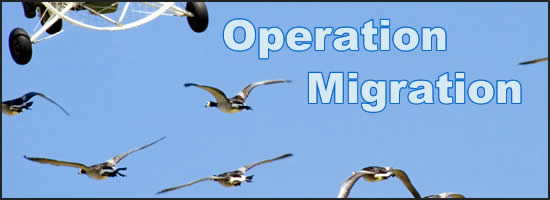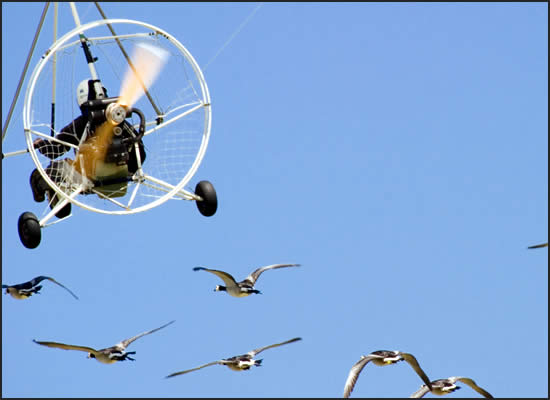 What kind of vision for the future doesn’t include the ultralight?
What kind of vision for the future doesn’t include the ultralight?
The US Fish and Wildlife Services’, apparently. On October 15, 2015 the organization released a document called the “FWS Vision for the Next 5-year Strategic Plan”. The plan recommends completely discontinuing the use of ultralight aircraft in Whooping Crane conservation.
The Whooping Crane stands five feet high and sports bright white plumage. Black feathers tip a seven and a half-foot wingspan. Both male and female birds give elaborate performances to attract partners in the spring. Their flight patterns can resemble that of living gliders, as they deliberately boost themselves with thermals and ride strong winds.
Never numerous, by 1941 only fifteen cranes still lived. Conservation efforts began then and were successful, with some six hundred Whooping Cranes reported in February 2015.
However, ultralight aircraft were primarily responsible for the survival of the grand flights and migrations of the new flock of cranes. Taking the teaching role of absent parents, human pilots and ultralight planes taught fledglings the routes from cold to warm. Without being fostered in this way, new migratory groups lose their way, or simply don’t migrate at all.
“Our results suggest that an effort to restore whooping crane populations isn’t just an effort to restore a biological population, but also an effort to restore a culture, where knowledge is transmitted across generations via learning, rather than genetics,” Research scientist Sarah Converse told The National Geographic.
Now the Fish and Wildlife Service has decided that a critical aspect of the Whooping Cranes’ lives, long flight, should simply be discontinued. Why?
Ultralight-led rearing and release is more artificial and costly than any other currently used release method and does not appear to yield substantially better results.
This is a fishy response, even for the FWS.
The ultralight program is privately funded (thus not a cost to the Wildlife Service) and less artificial than any other way of teaching them, says Operation Migration. Furthermore, the technique provides the birds with an overall higher survival rate.
Backlash against the Fish and Wildlife Service’s decision has begun. Over 2,500 individuals have signed the petition hosted by MoveOn.org requesting the Fish and Wildlife Service to reconsider and keep the ultralight program.
“The Ultra[light] Aircraft methodology is the only methodology that has resulted in surviving chicks. Why would you abandon a tried and true methodology[?]” commented one signer, Norman St. Amour.
While roughly stated, it’s an excellent question. Especially considering the critical role the ultralight has played in protecting America’s rare and beautiful Whooping Crane.




